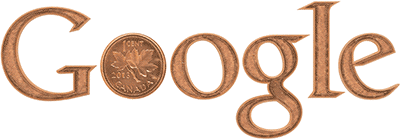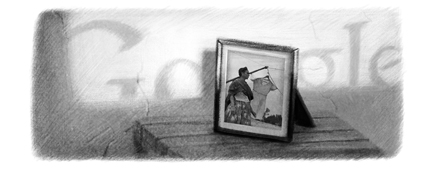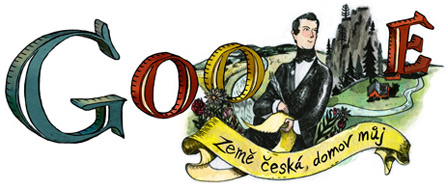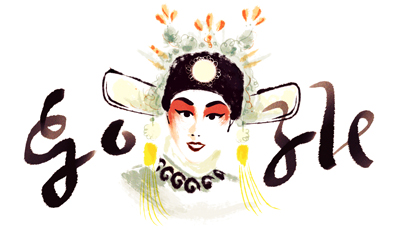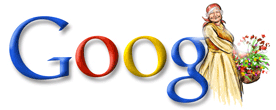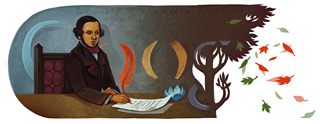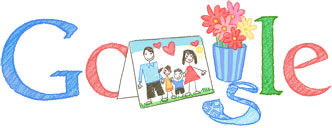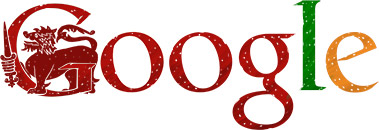Born Frederick Bailey in Maryland in February 1818, Frederick
Douglass was the son of an enslaved woman and an unknown white father.
His early life was spent on a plantation. However, when Douglass was
eight years old, he was sent to Baltimore to work for the family of Hugh
and Sophia Auld. In the Auld household, he learned a very valuable and
life-changing lesson: education was the key to his freedom.
In the sketches above, artist Richie
Pope initially explored ideas around Douglass’s historic speech on the
meaning of the 4th of July and his career in publishing
Sophia Auld had not owned slaves before and treated Douglass with
great kindness, taught him the alphabet, and awakened his love of
learning. In his autobiographies,
Douglass later wrote, “The frequent hearing of my mistress reading the
Bible aloud… awakened my curiosity in respect to this mystery of
reading, and roused in me the desire to learn.” When Hugh Auld learned
of his wife’s activities, he warned that “if you teach him how to read,
he’ll want to know how to write, and this accomplished, he’ll be running
away with himself.” It was a statement that burned itself into
Douglass’s mind. “From that moment, I understood the direct pathway from
slavery to freedom.”
Although Sophia now refused to teach him, Douglass would not be
thwarted in his quest for an education. His duties in the Auld household
frequently had him running errands in the city. Away from the scrutiny
of his masters, he obtained a copy of Noah Webster’s spelling book and
made friends with a group of white boys who gave him spelling lessons.
At the age of thirteen, he made a little extra money shining boots and
bought a copy of the Columbian Orator for fifty cents (just over fourteen dollars now).
This collection of political speeches, poems, and essays introduced Douglass to the ideals of the American Revolution.
Further sketch ideas by Richie Pope
showing Douglass in front of one of his newspapers and in his study with
his collection of books.
At the age of fifteen, Douglass’s legal owner died and he was forced
to return to plantation life. He spent the next five years assigned to
several harsh masters, and endured severe hunger and beatings. After two
unsuccessful attempts, he escaped from slavery in 1838 at the age of
twenty and changed his name to Frederick Douglass.
Despite being at great risk of capture as a runaway slave, Douglass
spoke about his experiences frequently at anti-slavery meetings. A truly
gifted, eloquent, and articulate speaker, Douglass quickly became a
leading figure in the abolitionist movement. He published his first
autobiography, The Narrative of the Life of Frederick Douglass: an American Slave,
in 1845. His fame attracted slave catchers which prompted him to leave
the United States. In 1847, a group of British supporters raised money
to purchase his freedom, and Douglass was able to return to the United
States a free man. Upon his return, Douglass continued to advocate the
abolition of slavery. He also championed equal rights for all Americans,
regardless of race or gender. He published two additional
autobiographies, founded five newspapers, and served as the US Consul
General to Haiti.

An in-progress draft of Richie's
illustration showing Douglass in front of a newspaper background that
was inspired by the layout of The North Star which Douglass published from 1847 to 1851.
At a time when many argued that slaves did not possess the
intellectual capacity to be educated, Douglass stood as stark evidence
of enslaved people’s potential. Yet despite all he accomplished in his
life, Douglass was haunted by the uncertainty of something most people
take for granted--the date of his birth. On March 24, 1894, Douglass
wrote to Hugh Auld’s son, Benjamin, hoping to find out how old he was:
The principal thing I desired in making the
inquiries I have of you was to get some idea of my exact age. I have
always been troubled by the thought of having no birth day. My Mistress
Lucretia Auld, said that I was eight or nearly eight when I went to
Baltimore in the summer of 1825, and this corresponds with what you have
heard your kind mother say on the subject. so I now judge that I am now
about 77-years old.
Frederick Douglass died a year later, on February 20, 1895, not
knowing the date of his birth. It was not until after his death that
historians discovered Aaron Anthony’s plantation ledger recording
Douglass’s birth year as 1818. The exact date is still unknown.
A near final draft of Richie Pope's illustration and design for Frederick Douglass
The Gilder Lehrman Institute of American
History is a New York–based national nonprofit devoted to the teaching
and learning of American history. On February 4, 2016, in partnership
with the Gilder Lehrman Center for the Study of Slavery, Resistance, and
Abolition at Yale University, the Institute will award the 17th annual
Frederick Douglass Book Prize.
To help us commemorate Frederick
Douglass’s legacy, the Gilder Lehman Institute curated an exhibit of
photographs and ephemera that you can explore here.
Through our partnership with Open Road Integrated Media, Google Play
Books is offering a free download of Douglass’s seminal autobiography, Narrative of the Life of Frederick Douglass: an American Slave, which is available starting today, February 1, 2016.
